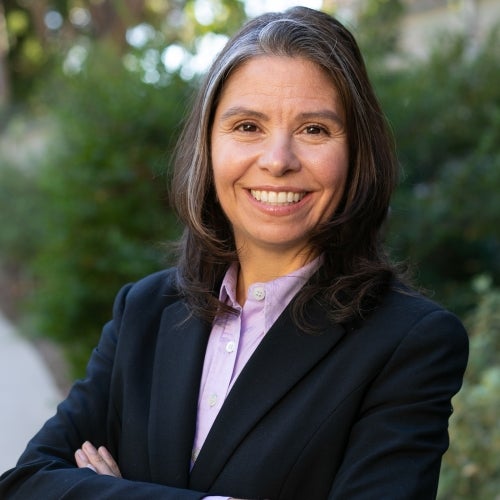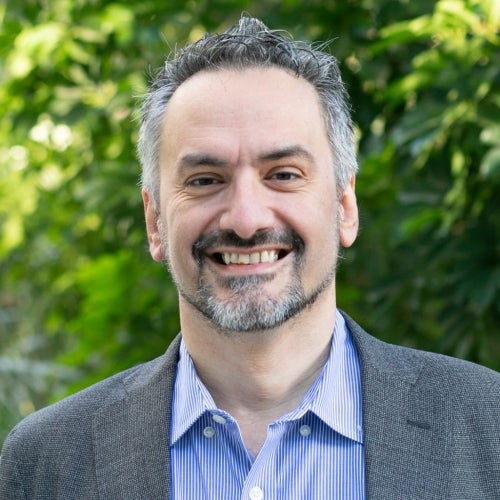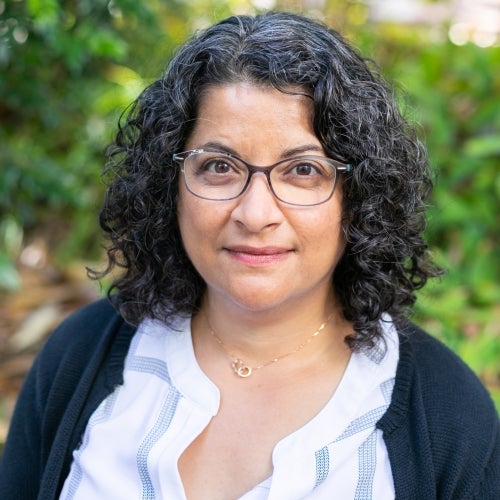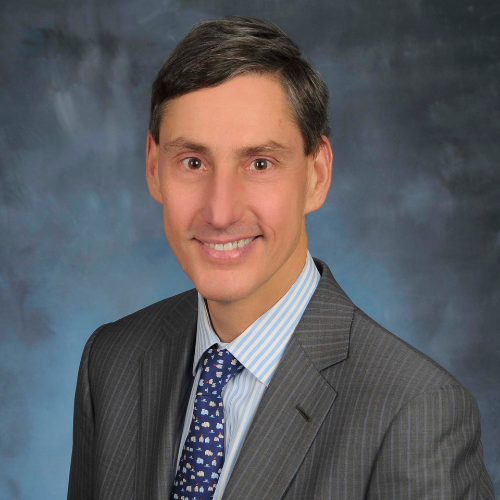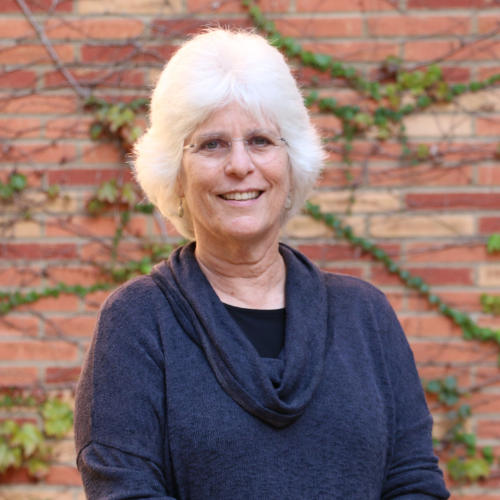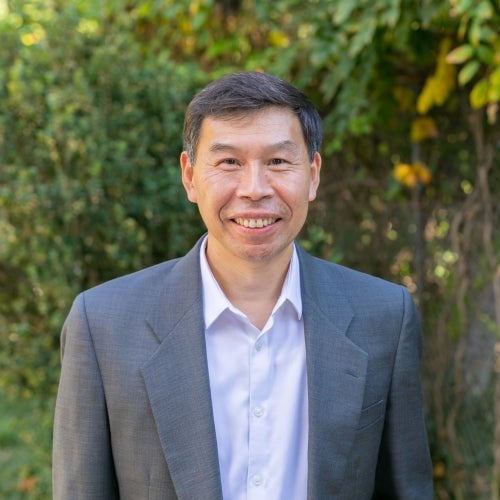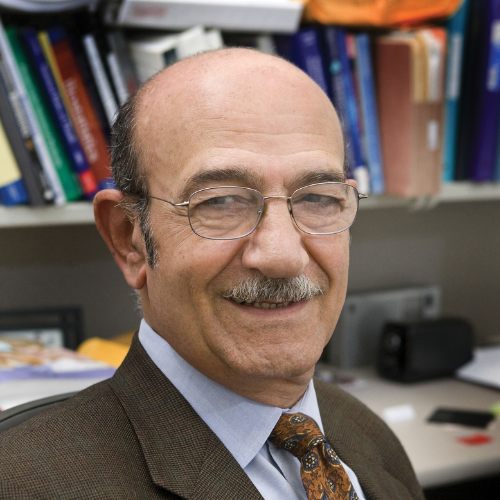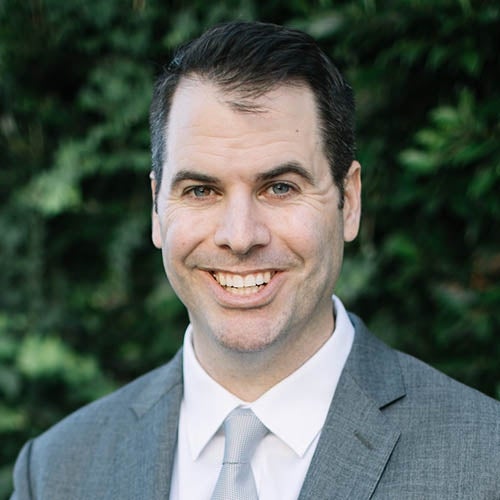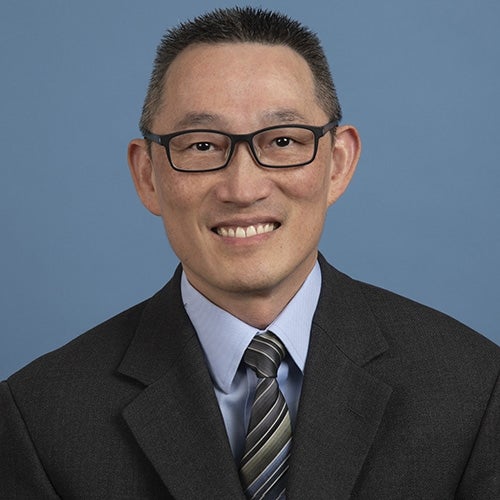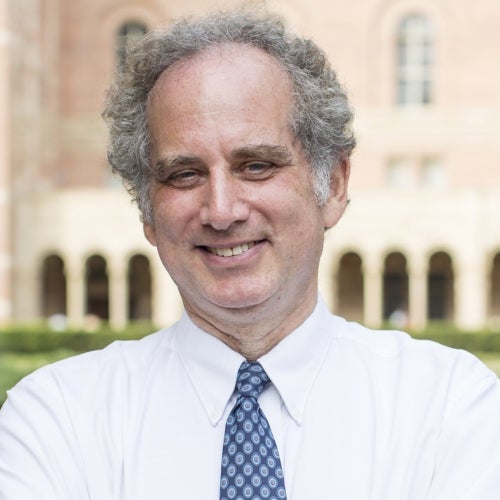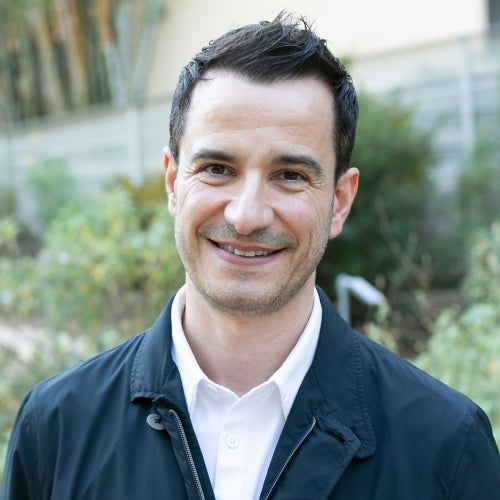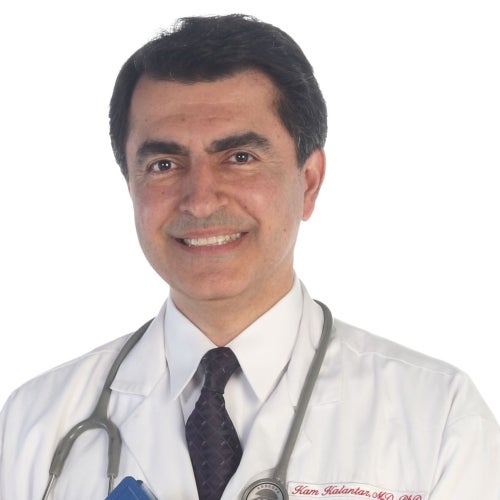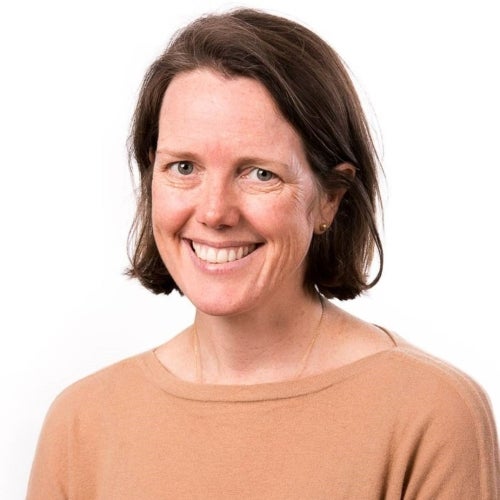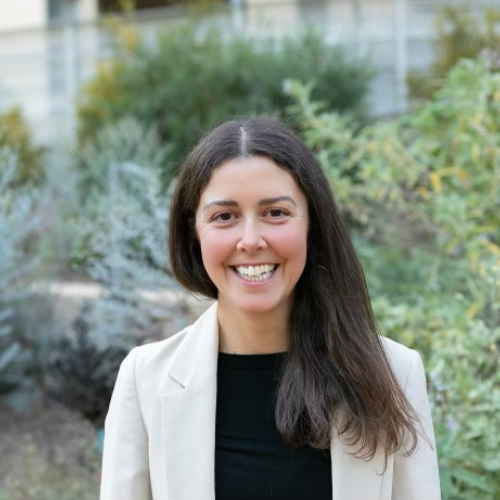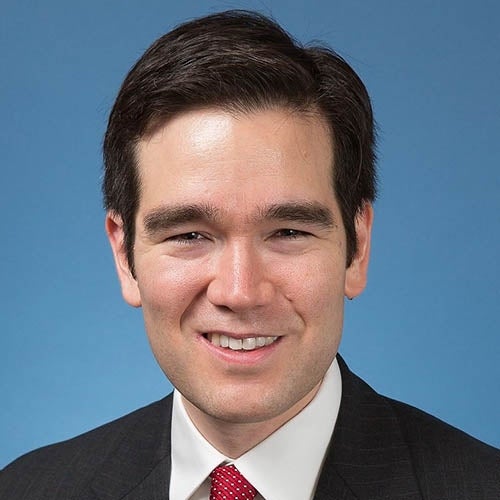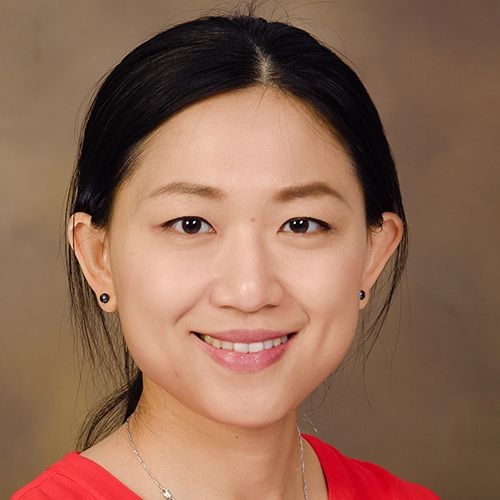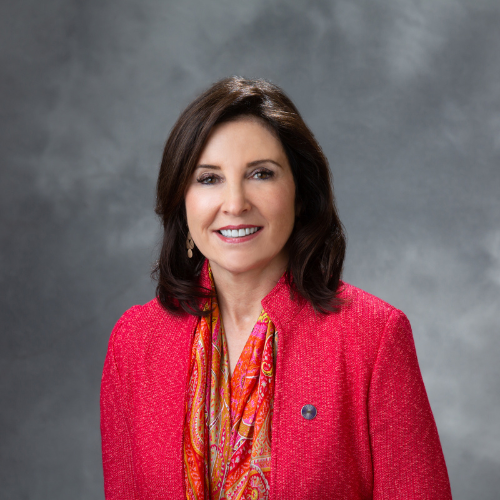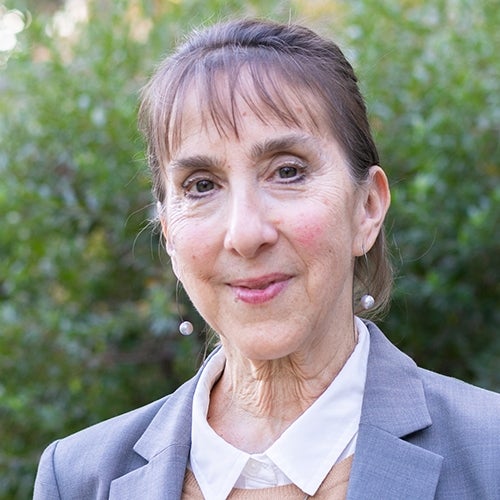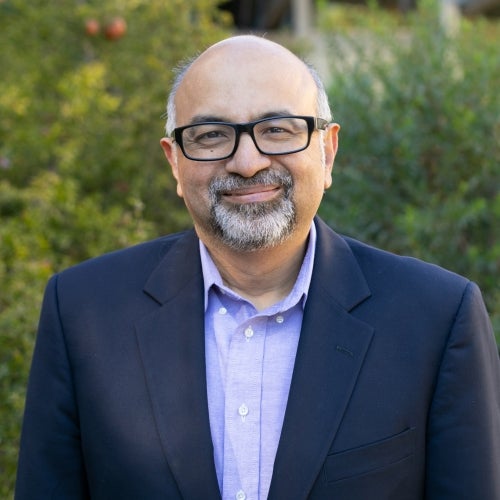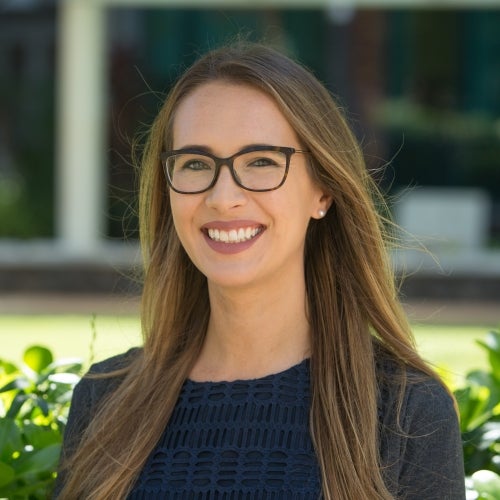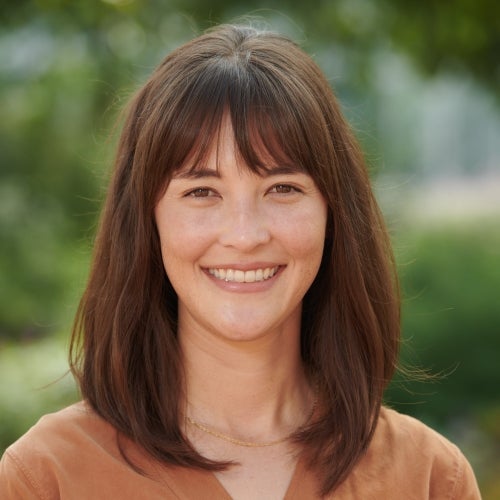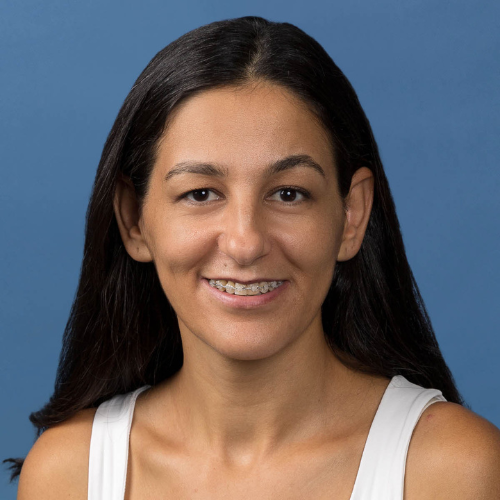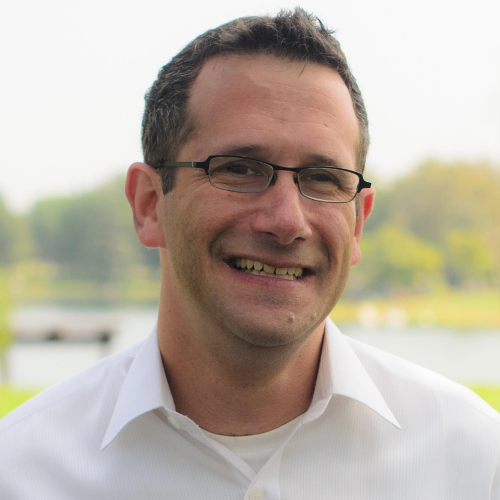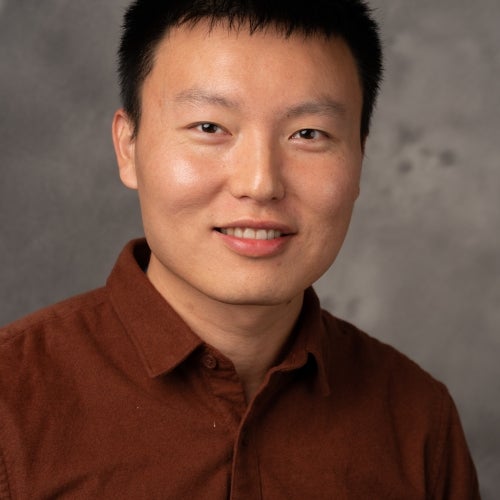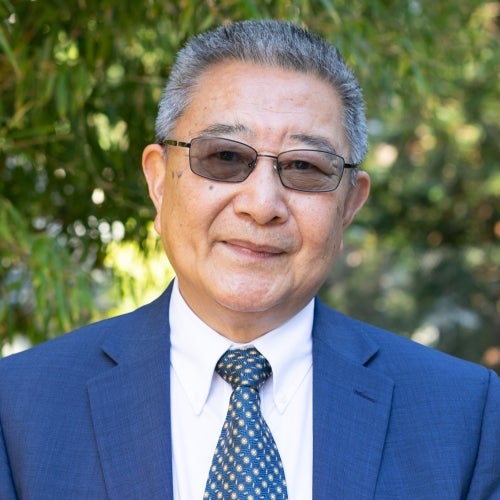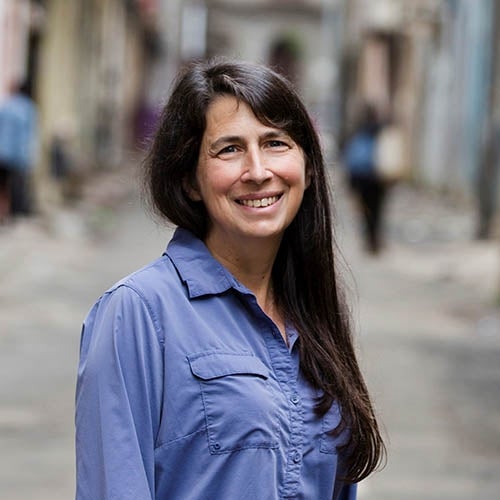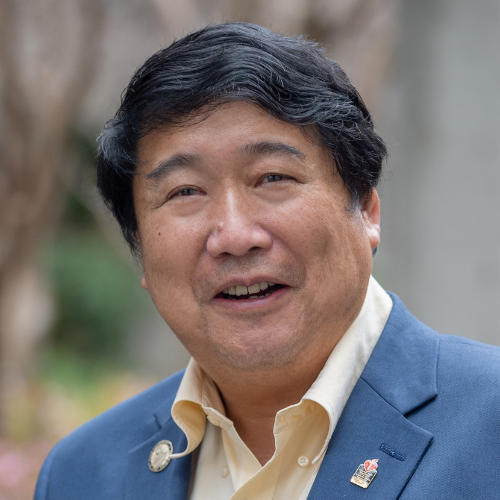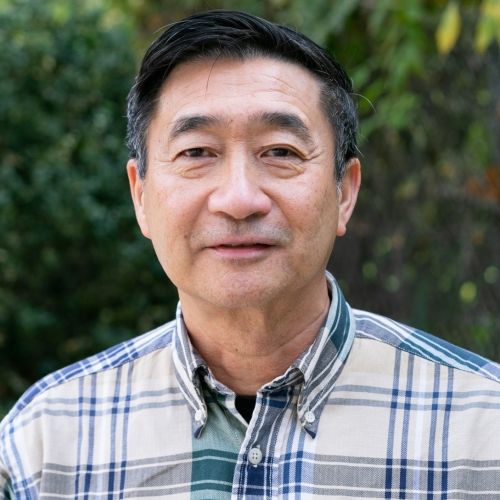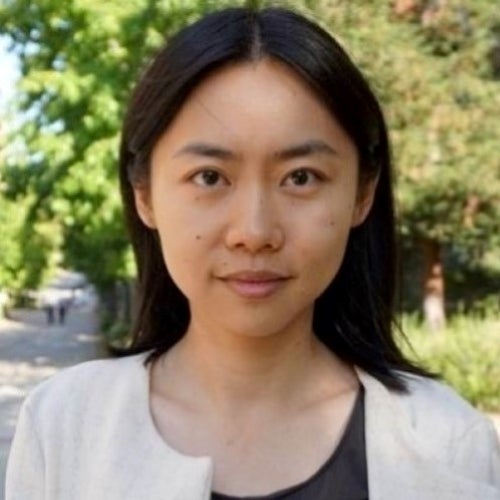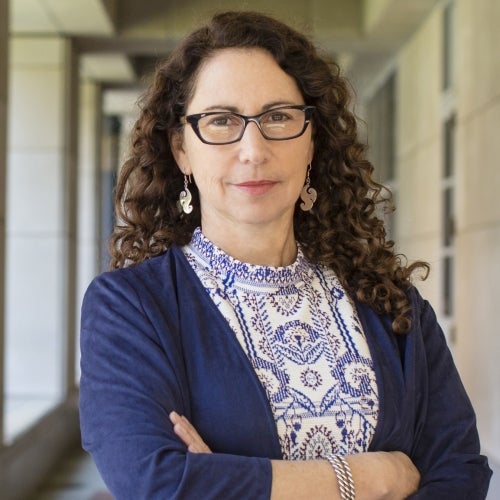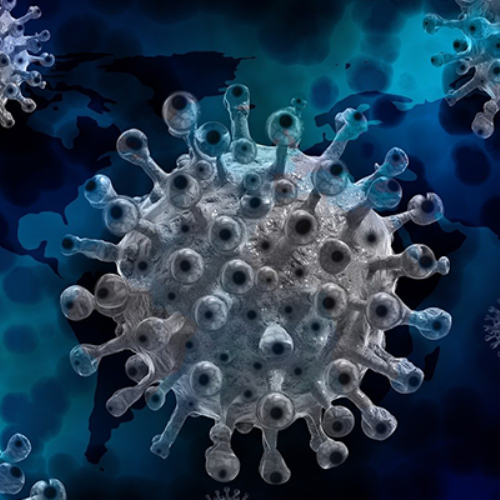UCLA Fielding School of Public Health researchers say mask mandates could add $1 trillion to the U.S. GDP
Near universal adoption of nonmedical masks in public combined with complementary public health measures could successfully eliminate spread of COVID.
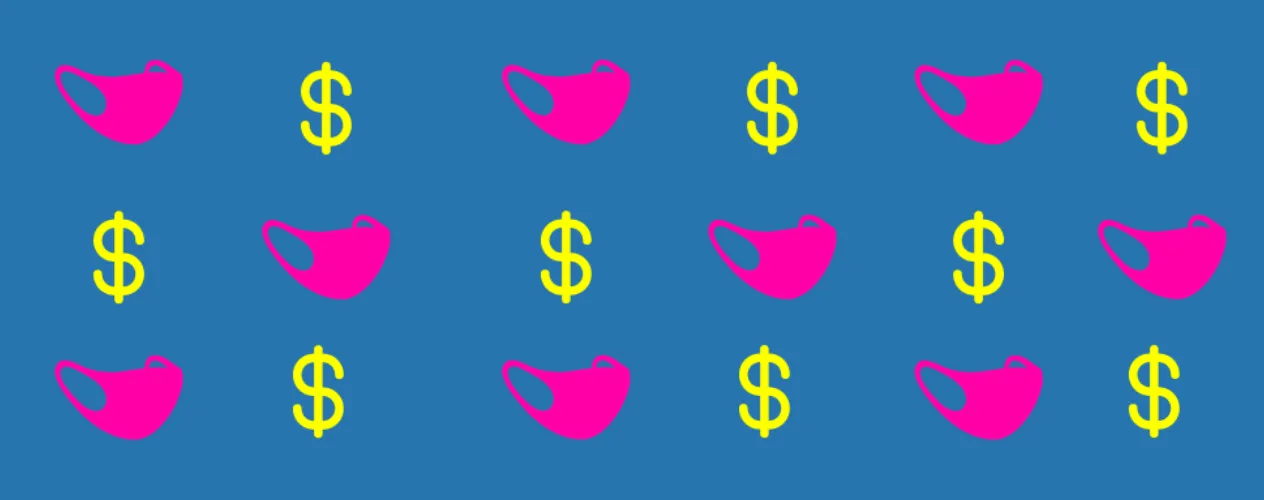
Research published this month in the Proceedings of the National Academy of Sciences found that near-universal adoption of nonmedical masks in public, combined with complementary public health measures, could reduce spread to essentially zero.
“This research makes clear that even as vaccines are developed and new variants, like B.1.7.7, are being discovered, the power to protect ourselves remains in our hands, as individuals,” said co-author Anne Rimoin, UCLA Fielding School professor of epidemiology. “Wearing a mask is one of the simplest, most effective, and cheapest ways to do exactly that – and it’s been proven by the history of epidemiology over the past century, going back to the 1918-19 influenza pandemic and even before.”
R0, pronounced “R naught,” is a mathematical term that indicates how contagious an infectious disease is. It’s also referred to as the reproduction number. As an infection is transmitted to new people, it reproduces itself. Reducing reproduction to zero, in turn, could add $1 trillion to the U.S. GDP, the authors said.
“Reducing disease spread requires two things: limiting contacts of infected individuals via physical distancing and other measures and reducing the transmission probability per contact,” said co-author Christina Ramirez, Fielding School professor of biostatistics. “The preponderance of evidence indicates that mask wearing reduces transmissibility per contact by reducing transmission of infected respiratory particles in both laboratory and clinical contexts.”
The research, published in the January edition of the National Academies’ peer-reviewed journal as “An evidence review of face masks against COVID-19,” was conducted by an international team of 19 specialists from UCLA and more than a dozen other universities and research centers. These include Oxford University, the University of Cape Town, Peking University, the Massachusetts Institute of Technology, and the University of San Francisco.
“When used in conjunction with widespread testing, contact tracing, quarantining of anyone that may be infected, hand washing, and physical distancing, face masks are an invaluable tool to reduce community transmission,” Rimoin said. “All of these measures, through their effect on Ro, have the potential to reduce the number of infections. As governments exit lockdowns, keeping transmissions low enough to preserve health care capacity will be critical until vaccines can be developed and widely provided.”
To come to their conclusions, the team – including Greg Watson, a UCLA FSPH scholar - examined a wide range of new and existing studies and research, including work going back to a 1910 outbreak of plague in northeastern China. Even then, the researchers write, scientists fighting the plague recognized that “the cloth mask was ‘the principal means of personal protection.’ ” In total, the team examined a wide variety of work, focused in 11 areas:
- Direct epidemiological evidence
- Reviews of mask use for other respiratory illnesses
- Ecological studies
- Modeling
- Human studies: infectious particles
- Human studies: aerosol and droplet filtration
- Risk compensation behavior
- Managing the stigma associated with wearing a mask
- Creating new symbolism around wearing a mask
- Supply chain management of n95 respirators and surgical masks
- Mandatory mask wearing
The findings of this work had a variety of conclusions, including the following:
- face masks were 79% effective in preventing transmission, if they were used by all household members prior to symptoms occurring
- the use of masks was strongly protective, with a risk reduction of 70% for those that always wore a mask when going out
- transmission was 7.5 times higher in countries that did not have a mask mandate
- the difference between US states with mask mandates and those without found that the daily growth rate was 2.0 percentage points lower in states with mask mandates, estimating that the mandates had prevented 230,000 to 450,000 COVID-19 cases by May 22, 2020
- face masks have a large reduction effect on infections and fatalities, (with) a potential impact on U.S. GDP of $1 trillion if a nationwide mask mandate were implemented
- the marginal benefit per cloth mask worn to be in the range from US $3,000 to US $6,000.
There is also ample evidence from the current pandemic, said study co-author Jeremy Howard, a distinguished research scientist at the University of San Francisco.
“By the end of June 2020, nearly 90% of the global population lived in regions that had nearly universal mask use, or had laws requiring mask use in some public locations, and community mask use was recommended by nearly all major public health bodies,” Howard said. “This is a radical change from the early days of the pandemic, when masks were infrequently recommended or used.”

The UCLA Fielding School of Public Health, founded in 1961, is dedicated to enhancing the public's health by conducting innovative research, training future leaders and health professionals from diverse backgrounds, translating research into policy and practice, and serving our local communities and the communities of the nation and the world. The school has 631 students from 26 nations engaged in carrying out the vision of building healthy futures in greater Los Angeles, California, the nation and the world.
Attachment: PNAS Mask StudyFaculty Referenced by this Article
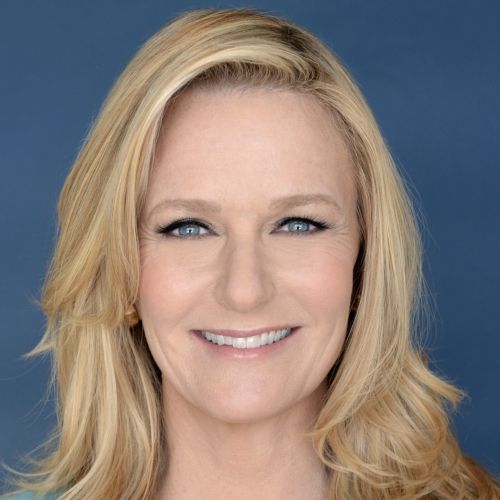
Dr. Anne Rimoin is a Professor of Epidemiology and holds the Gordon–Levin Endowed Chair in Infectious Diseases and Public Health.
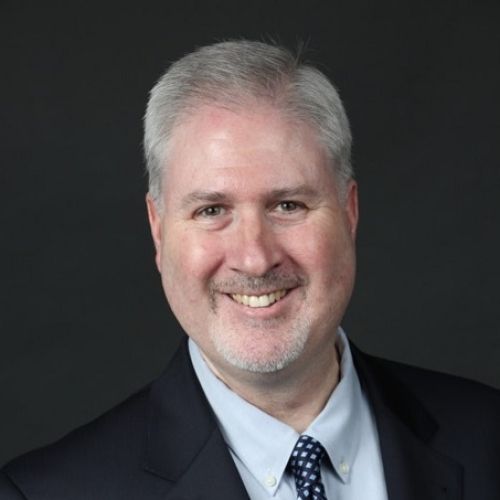
Automated and accessible artificial intelligence methods and software for biomedical data science.

Robert J. Kim-Farley, MD, MPH, is a Professor-in-Residence with joint appointments in the Departments of Epidemiology and Community Health Sciences

Dr. Joseph Davey is an infectious disease epidemiologist with over 20 years' experience leading research on HIV/STI services for women and children.
